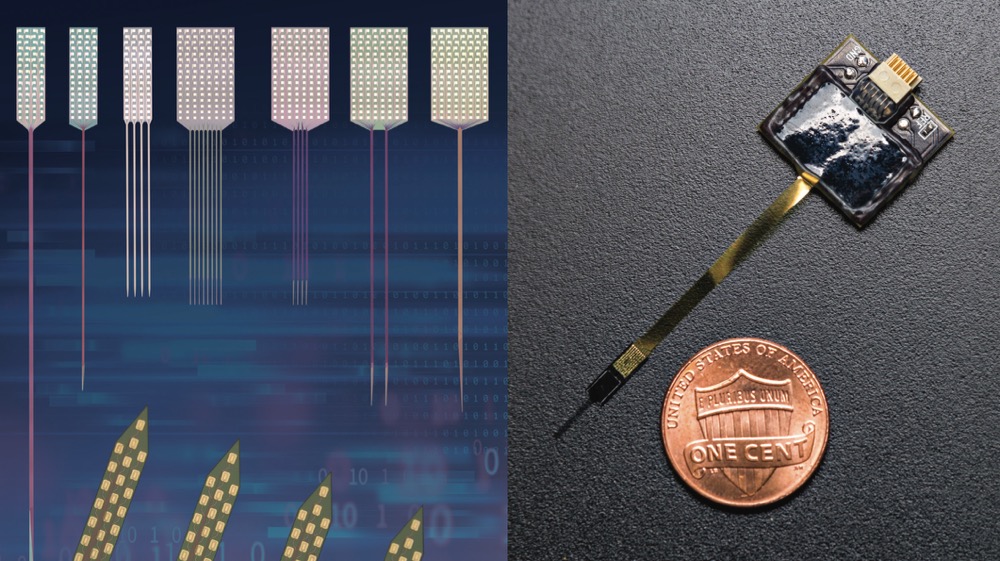Introduction
The landscape of digital data is currently undergoing a massive change, with artificial intelligence (AI) expected to replace many tasks previously carried out by humans. The potential advantages of this in many industries is huge, especially scientific research. In particular, in vivo neurophysiology is an area of scientific research where huge datasets need to be analysed. Complex biological systems, such as the nervous system, have proven difficult to study in-depth due to the complexity of neural networks between different regions. Advancements in AI are leading to improved spike-sorting algorithms, changing how neural data is being analysed.
Data Acquisition and Analysis before AI
Data acquisition systems have been used for many years to acquire biological data. With the move from analog to digital data acquisition in recent years, there has been an increase in the amount of biological data acquired by acquisition systems. The major bottleneck in research however, especially for neuroscience, comes at the data analysis stage. Until recently, scientific discoveries have required manual data analysis. With increases in the amount of data being generated, more time and effort has had to go into the analysis side. Computational algorithms have been extremely helpful in recognising patterns in neural spike activity, but are still somewhat limited.

Spike-sorting and how it interprets neuronal data
Multi-neuronal circuits span the nervous system and their activity can be recorded using multi-channel extracellular recording devices, specifically probes (read our blog on the differences between electrode recordings and silicon probe recordings here.). These probes can record action potentials from up to thousands of different neuronal connections which are seen in data acquisition systems as spikes. Separating and categorizing neuronal spikes from multi-electrode recordings allows for the identification of distinct neuronal signals, attributing individual spikes to specific neurons, which is then used to identify different neural networks and pathways. The identification of these spikes, or voltages at different frequencies, is done either manually or with computational models.
Limitations of manual data analysis and AI advantage
Manual spike-sorting involves analysing neural data by separating and categorizing neuronal spikes into different groups, from multiple electrodes one by one (even more difficult in large-scale recordings). Due to the large amounts of data required to be analysed, this is extremely time-consuming and tedious. Computational models used to identify patterns certainly help, however, they are programmed to identify only what they are looking for. By using AI algorithms, researchers can identify and classify different spike patterns computationally, with the capacity to identify different patterns not picked up by computational models. This means that for future projects, AI can contribute to a better understanding of the neural data and an overall improvement in analysis through enhanced efficiency, improved accuracy, noise reduction, scalability and standardization. As a result, AI allows for the exploration of more complex neural networks.
Diagnostic Biochips Solution
Companies like Diagnostic Biochips, who specialise in high-density silicon probes for neurophysiology research, are on the cutting-edge of neural data analysis, using AI integrated algorithms to help analyze data at a much faster and more effective rate. Their cloud-based software allows users to upload their data to the cloud, where analysis can be done saving on data storage cost. It also provides scalable storage, facilitates international collaboration and enables real-time analysis. By enhancing the efficiency, accuracy and accessibility of neural data through AI analysis, Diagnostic Biochips are accelerating the neuroscience research progress for in-vivo electrophysiology.

Green Leaf Scientific supplies a range of specialty neuroscience research products for both in vivo and in vitro studies. We have a range of suppliers such as Strex Inc., Diagnostic Biochips Inc., Pinnacle Technology Inc. and more!
Green Leaf Scientific supplies a range of advanced wireless technologies and freely-moving solutions to pre-clinical neuroscience researchers. Interested in learning about our suppliers’ products? Contact us today!



